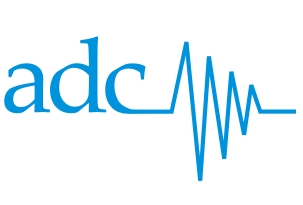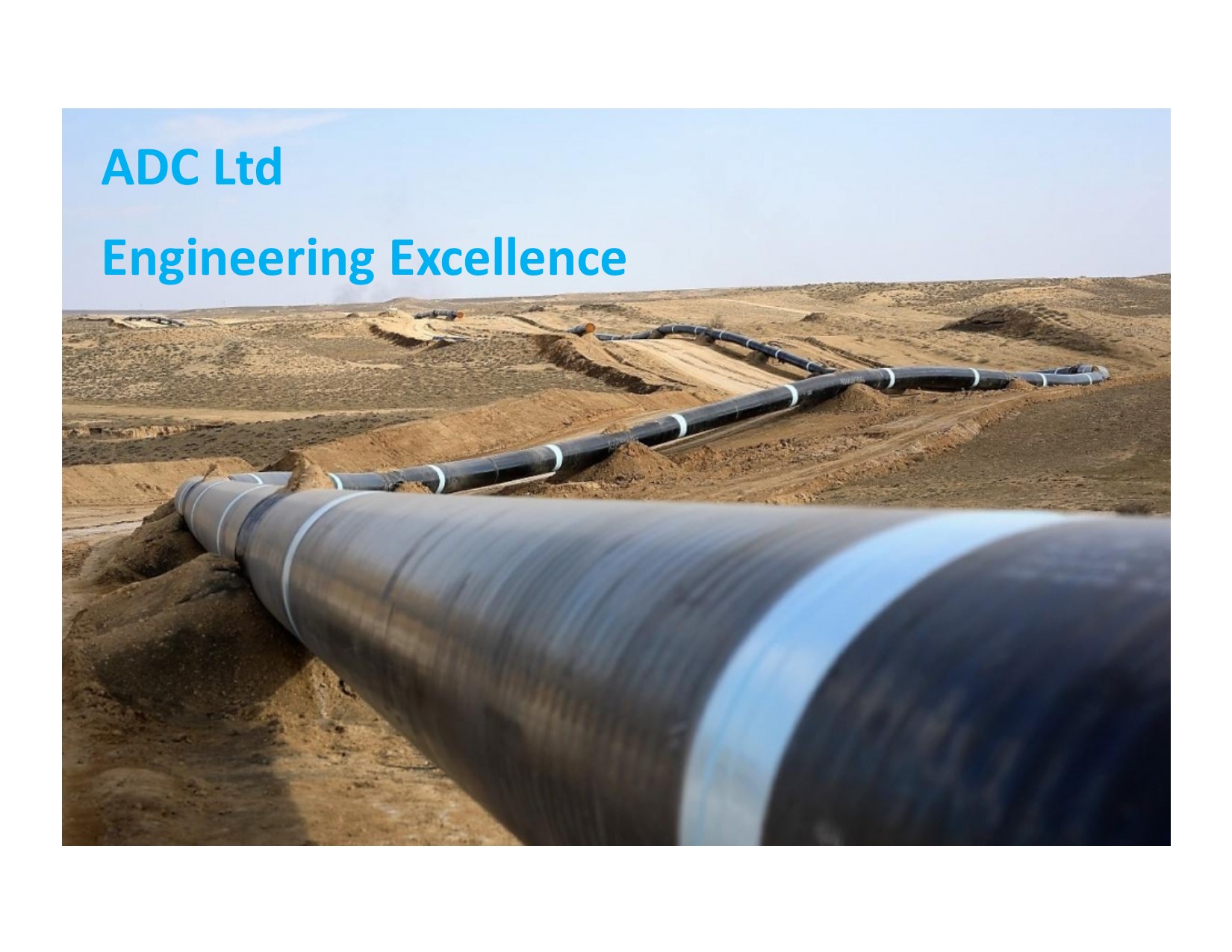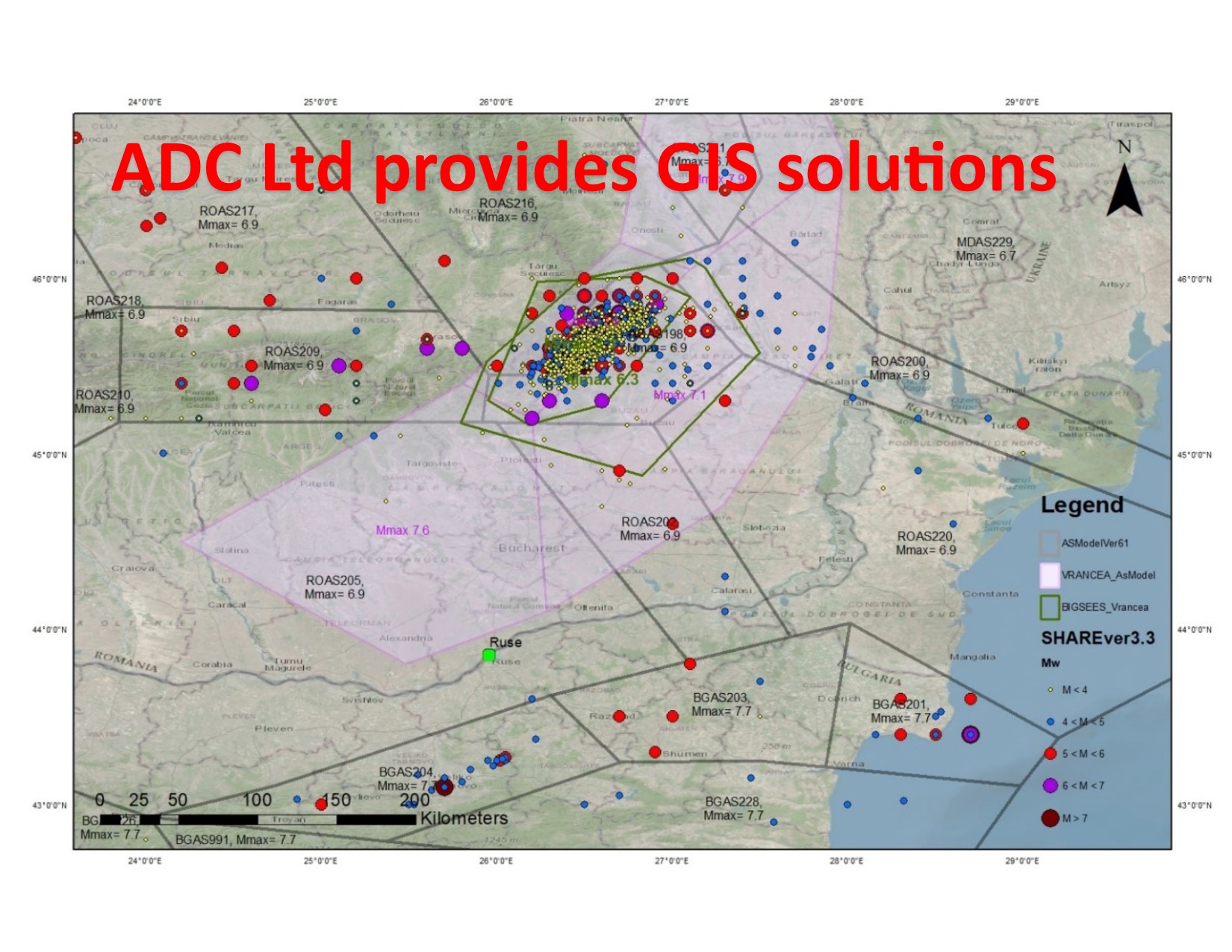🌍 Why Seismic Hazards Matter
As global energy demand grows, new infrastructure—nuclear power plants, renewable facilities, and pipelines—is being developed worldwide. Success depends on understanding external hazards like earthquakes, geotechnical instabilities, and extreme natural events.
⚡ Earthquakes Are a Key Concern
Whether renewing licenses or planning new projects, accurate seismic hazard assessments are essential to ensure safety and regulatory compliance.
📊 Science Is Evolving Fast
Modern seismic instrumentation provides high-quality records from even the smallest tremors, making many national seismic standards outdated. Recent major earthquakes—Sumatra 2004, Chile 2010, Tōhoku 2011—remind us that extreme events are not rare.
🔍 Realistic, Site-Specific Design
Even advanced models like SHARE or SERA can overestimate hazards near cities due to insurance-driven assumptions. The real need is realistic, site-specific seismic design bases for long-term safety and resilience.
✅ How ADC Services Can Help
We help states, investors, and project owners develop seismic assessments that are scientifically robust, practical, and future-proof, ensuring that infrastructure is both safe and sustainable.





